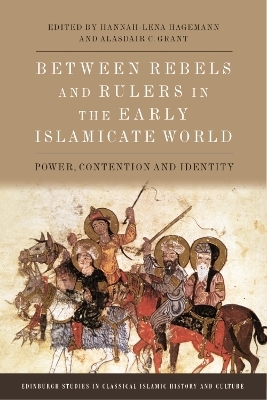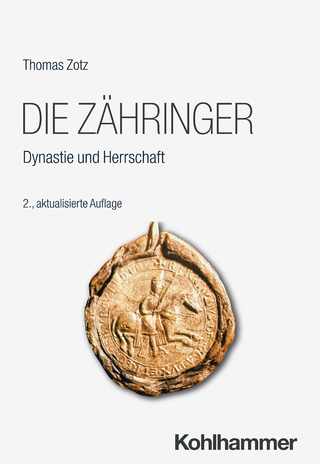
Between Rebels and Rulers in the Early Islamicate World
Power, Contention and Identity
Seiten
2024
Edinburgh University Press (Verlag)
978-1-3995-3018-7 (ISBN)
Edinburgh University Press (Verlag)
978-1-3995-3018-7 (ISBN)
- Lieferbar (Termin unbekannt)
- Versandkostenfrei
- Auch auf Rechnung
- Artikel merken
Studies rebellion as historical phenomenon and literary construct in early Islamicate contexts.
Between Rebels and Rulers in the Early Islamicate World offers the first dedicated examination of the phenomenon of rebellion across the early Islamicate world. It combines discourse analysis with a return to long-neglected social-historical analysis in its study of contention and the ways in which it was narrated and enacted. These approaches are pursued through fourteen case studies, ranging geographically from North Africa to Central Asia and chronologically from the sixth to tenth centuries CE. These diverse examples reveal several patterns: First, rebellion operated as a normative means of negotiating power and obtaining justice. Second, the main constituencies of rebellion were local elites, both Muslims and non-Muslims, Arabs and members of pre-conquest societies, separately or together. Accordingly, this volume challenges the 'othering' of rebels found in written sources and reflected in scholarship and reframes them and their discourses as integral parts of an imperial system. Third, social ties provided a framework for the mobilisation of rebellious constituencies and the resolution of conflict.
Between Rebels and Rulers in the Early Islamicate World offers the first dedicated examination of the phenomenon of rebellion across the early Islamicate world. It combines discourse analysis with a return to long-neglected social-historical analysis in its study of contention and the ways in which it was narrated and enacted. These approaches are pursued through fourteen case studies, ranging geographically from North Africa to Central Asia and chronologically from the sixth to tenth centuries CE. These diverse examples reveal several patterns: First, rebellion operated as a normative means of negotiating power and obtaining justice. Second, the main constituencies of rebellion were local elites, both Muslims and non-Muslims, Arabs and members of pre-conquest societies, separately or together. Accordingly, this volume challenges the 'othering' of rebels found in written sources and reflected in scholarship and reframes them and their discourses as integral parts of an imperial system. Third, social ties provided a framework for the mobilisation of rebellious constituencies and the resolution of conflict.
| Erscheinungsdatum | 07.12.2024 |
|---|---|
| Reihe/Serie | Edinburgh Studies in Classical Islamic History and Culture |
| Zusatzinfo | 13 black and white illustrations (3 tables, 9 line figures and 1 map) |
| Verlagsort | Edinburgh |
| Sprache | englisch |
| Maße | 156 x 234 mm |
| Themenwelt | Geschichte ► Allgemeine Geschichte ► Mittelalter |
| Geisteswissenschaften ► Geschichte ► Regional- / Ländergeschichte | |
| ISBN-10 | 1-3995-3018-6 / 1399530186 |
| ISBN-13 | 978-1-3995-3018-7 / 9781399530187 |
| Zustand | Neuware |
| Informationen gemäß Produktsicherheitsverordnung (GPSR) | |
| Haben Sie eine Frage zum Produkt? |
Mehr entdecken
aus dem Bereich
aus dem Bereich
eine neue Geschichte des Mittelalters
Buch | Hardcover (2023)
C.H.Beck (Verlag)
CHF 53,20


